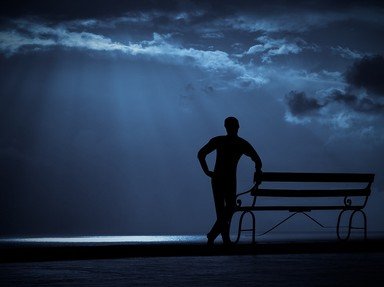Quiz Answer Key and Fun Facts
1. Timothy Leary received his Bachelor's, Master's and Doctor's degrees in psychology, and became a professor of psychology after receiving his PhD. His teaching career began at the University of California at Berkeley. At what institution did his official professorial career end?
2. One of Leary's first drug-related research projects was aimed at uncovering the effects of psilocybin on humans. Who made up one of his first test group?
3. One of Leary's most famous works was the 1964 book he co-wrote with Ralph Metzner and Richard Alpert, called "The Psychedelic Experience". On what other work did they base their writing?
4. One theory that came out of Leary's research was that of the "circuit model of consciousness", which divided the human brain into different sections, based on function. Leary's model was made up of how many circuits?
5. In 1966, Timothy Leary founded a pro-acid movement. Some called it a religion, others called it a cult; what did Leary call it?
6. What Beatles' song was written for Timothy Leary's 1969 political campaign?
7. For what offense was Leary imprisoned in the 1970s?
8. In which of these areas did Leary become interested in during his later years, trumping his fascination with psychedelic drugs?
9. What did Leary call "the LSD of the '90s"?
10. Upon his death, Timothy Leary was cryogenically frozen.
Source: Author
guitargoddess
This quiz was reviewed by FunTrivia editor
bloomsby before going online.
Any errors found in FunTrivia content are routinely corrected through our feedback system.
